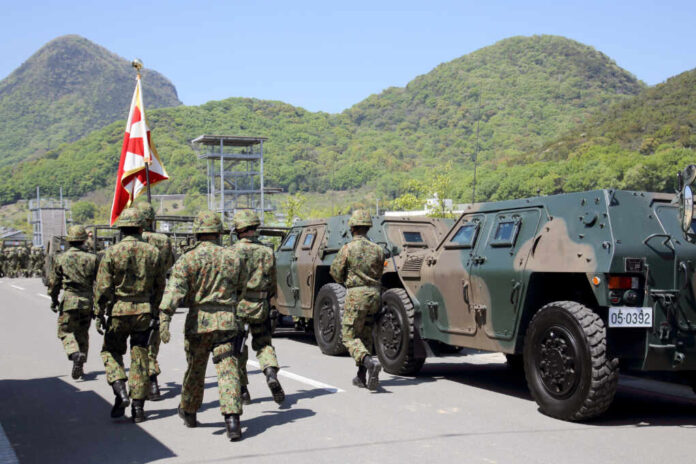
A massive surge in defense spending across Asia marks a turning point in the region’s security dynamics, with nations preparing to tackle contemporary threats head-on.
At a Glance
- Military spending in East Asia skyrocketed by 7.8% in 2024, hitting $433 billion.
- Japan led with a 21% increase in military expenditure this year.
- China amplified their defense budgets, showcasing their growing military capabilities.
- Southeast Asia also saw its most significant rise in military spending since 2015.
Rising Defense Budgets Across Asia
East Asia experienced a dramatic 7.8% increase in military expenditure, reaching $433 billion in 2024. This marks the region’s largest annual increase since 2009, driven by countries determined to bolster their defense capabilities against a backdrop of rising tensions and traditional rivalries. Japan’s military spending saw a substantial 21% rise during this period, further emphasizing the importance of addressing regional security dynamics.
Spending in the entire Asian continent and Oceania reached a monumental $629 billion, with East Asia alone accounting for 69% of that total. Southeast Asia also witnessed a notable boost in defense budgets, marking its most significant expenditure increase since 2015. This invigorated spending is largely attributed to enhancing war-fighting capabilities amid regional tensions. Next-generation military equipment and joint military drills are reshaping defense strategies across Asia.
China and Regional Power Dynamics
China’s military spending rose significantly, reflecting the country’s commitment to maintaining a strategic edge. Their expenditure increased from $296,821 million to $313,658 million, signaling a concerted effort to modernize their defense forces and counter-balance regional adversaries. This strategic maneuver is prompting neighboring countries to follow suit to maintain a defensive equilibrium.
Interestingly, several other nations have amplified their defense budgets, such as Israel’s leap from $27,498 million to $46,505 million, and Myanmar doubling its military expenditure. These increases are not confined to Asia’s leading economies; smaller nations are also investing significantly in military enhancements, recognizing the overarching need for personal and regional security fortification.
Implications for Geopolitical Balance
This surge in military spending illustrates a shifting paradigm in Asia’s defense architecture, as countries prioritize modernization and interoperability to counter both traditional and non-traditional security threats. As regional powers expand their capabilities, the geopolitical balance hangs in limbo, with every move closely monitored by global players eager to influence outcomes.
The implications of these developments reverberate beyond Asia’s borders, with implications for international relations and global stability. As defense strategies transform, the ability to engage constructively within a broader geopolitical context remains a central theme. For these nations, expanding military capacities acts as both a deterrent and a statement of power in an increasingly interconnected world.



























